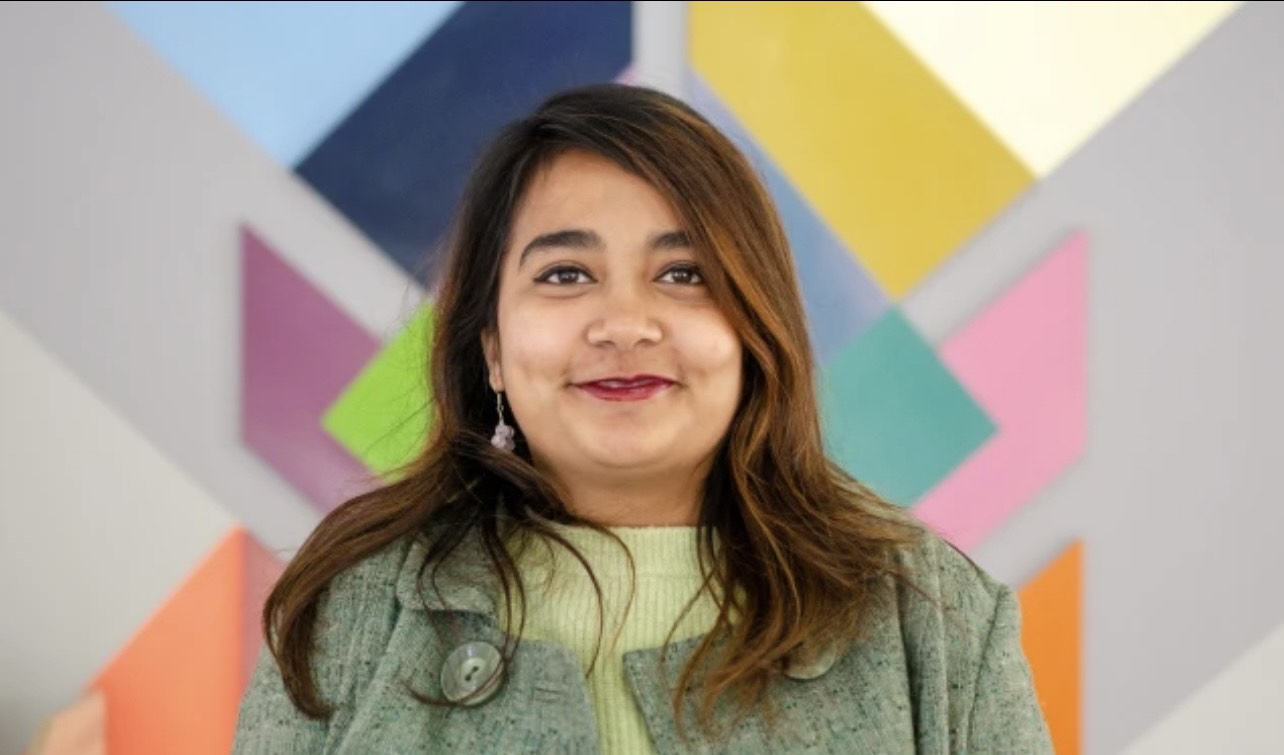Culture & Lifestyle
Dealing with screen-induced anxiety
Even in our leisure, many of us turn to screens instead of resting or doing things that calm the mind.
Reeva Khanal
We often hear the word “anxiety”, but what does it truly mean, especially in today’s world? We might have linked anxiety to things like work pressure or personal worries. But today, it has taken on a new form—one that comes from the very devices we use every day. From mobile phones to laptops, we are surrounded by screens that demand our attention almost constantly.
Across all age groups, our screen time has grown rapidly. Whether it’s students attending online classes, professionals replying to endless emails, or grandparents scrolling through social media to stay in touch with family, our connection to digital technology is deeper than ever. Even in our leisure, many of us turn to screens instead of resting or doing things that calm the mind, like walking outdoors, gardening, or simply having a quiet moment.
Pratiksha Rajopadhyaya, a mental health counsellor and psychology educator, delves into the growing concern of screen-induced anxiety and digital burnout in today’s hyperconnected world. She has served as a faculty lecturer at Thames International College and ICMS, Samarpan Academy, and as a mental health counsellor at Mankaa Kura.
These days, many of us spend hours scrolling through Instagram Reels, TikTok, or working online—often without realising how much time we're spending on screens. Could you explain what screen-induced anxiety means and how it shows up in our daily lives?
Screen-induced anxiety refers to experiencing negative consequences cognitively and emotionally, such as feeling overstimulated, low self-esteem and panic due to excessive use of social media. It may show up in day-to-day life in different ways, such as failing to meet deadlines, doomscrolling, hypervigilance, hyperactivity, low self-esteem, etc.
What are some common signs that someone might be experiencing digital burnout or screen fatigue, even if they don’t recognise it immediately?
There are various bio-psycho-social signs of digital burnout. Some common physical issues are headaches, eye strain, feeling sore and tired, sleeplessness and gastrointestinal issues. Some psychological signs may include restlessness, feeling overstimulated due to news and information, cognitive overload, lack of motivation, feelings of helplessness, low self-esteem and lack of concentration.
The social signs may include feeling like you’re missing out, which is popularly known as FOMO (fear of missing out), feeling detached from work, family and other loved ones, and withdrawal from social circles.
Social media is meant for connection and entertainment, but many people end up feeling more anxious, lonely, or even inadequate after using it. Why does that happen psychologically?
While social media facilitates connection, our interactions are digital, lacking physical presence. We’re online, talking to a bunch of people, watching posts about everyone’s lives, but we are still doing it in isolation. So when you put the phone down and close any of your digital devices, there’s a haunting silence leading to feelings of loneliness. While our digital lives are vibrant, our real lives are different. An example is how people today can’t fall asleep without background noise.

Furthermore, people don’t make plans to have fun anymore, they make plans to post photos, videos and reels. Even physical time with loved ones is spent either scrolling on your phone or making reels. Meaningful conversations have been replaced by demands of social media, leading to people feeling unheard, alone and overwhelmed.
From your observation, how is screen-induced anxiety affecting different age groups, like school students, working professionals, or even older adults? Could you share any real-life examples or patterns you’ve noticed?
I think young people between the ages of 18 and 30 are more likely to experience screen-induced anxiety as they are prone to self-comparison by watching other people’s online activities. For example, a person in their mid-20s starting an average-paying job can become paranoid and anxious watching an influencer of the same age earning much more money.
Similarly, people might develop parasocial relationships with people (celebrities and influencers) that they follow online, which can create a false sense of connection and obsession. One unique way it might show up is watching influencers in warzones upload daily vlogs. Some people might become so engaged with watching these vlogs that they develop emotional connections to them, constantly checking for new uploads and feeling nervous, scared, or anxious when there are no updates.
Teenagers might experience parasocial relationships with celebrities, becoming obsessed with fandoms, leading to conflict with other people online who might disagree with them.
Additionally, high screen time can also lead to paranoia as exposure to global news can lead to panic, anxiety and hopelessness. This can be common for all ages.
In a world where going offline completely is close to impossible, what are some practical ways to create a healthier relationship with screen time and reduce anxiety without cutting off digital life altogether?
Take time every day to engage in offline activities such as going out for walks, spending time with friends and family, and engaging in offline hobbies.
Parents should also limit screen time for children so they don’t grow up entirely online. Instead of making them watch a video to fall asleep, reading a book to them might be a better alternative.




 18.95°C Kathmandu
18.95°C Kathmandu










.JPG&w=300&height=200)



